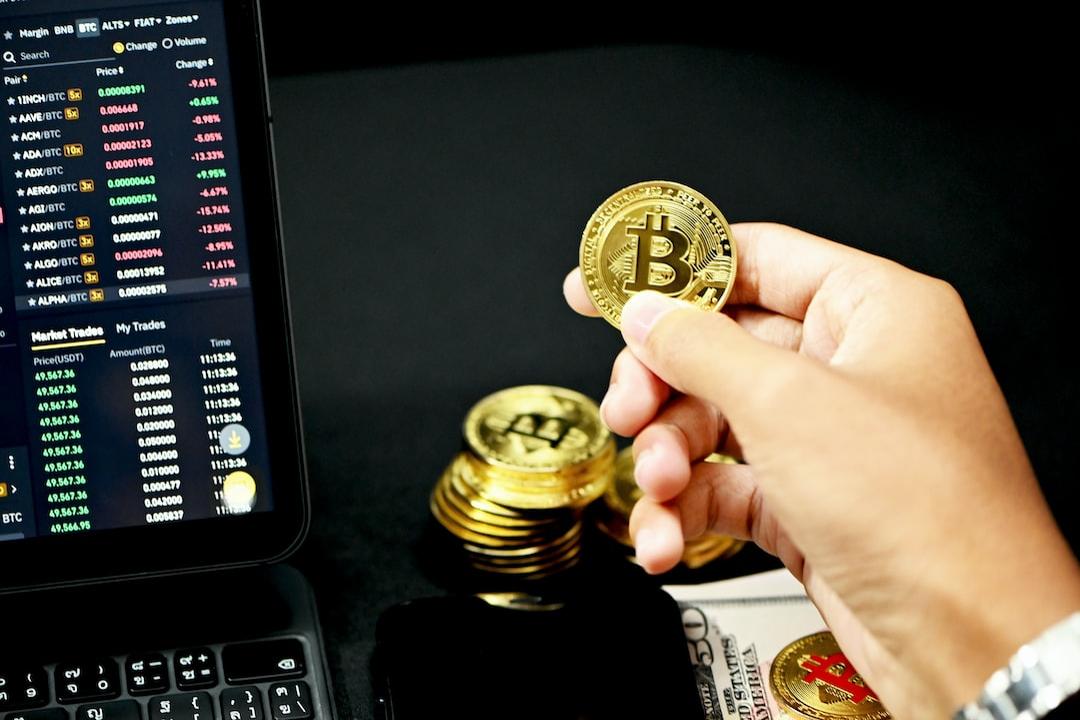As Bitcoin continues to reach historic highs and the market flourishes, Solana is not far behind, recently hitting the 200 mark. The largest decentralized exchange on Solana, Raydium, saw its RAY token surge up to 57% in two days, prompting holders to exclaim the bull market’s swift return. This article will analyze the third-quarter research report on Raydium by the crypto research organization Messari, exploring Raydium’s features and various data points.
In March, Raydium officially surpassed Orca to become the largest DEX on Solana.
Raydium is an Automated Market Maker (AMM) decentralized exchange (DEX) on Solana, allowing liquidity providers to earn trading fees when trading in liquidity pools. RAY holders can also stake RAY to earn additional RAY tokens. Launched in 2021, the protocol’s investors include Coinbase Ventures. Raydium offers Concentrated Liquidity Market Maker (CLMM) pools, allowing liquidity to be concentrated in specific price ranges. Raydium also provides a Burn & Earn feature, enabling token teams to permanently lock CLMM liquidity when creating liquidity pools. The “burn pool” mentioned during meme coin hype refers to this. However, the Burn & Earn feature allows liquidity pool creators to earn revenue while giving up tokens, increasing their willingness to burn them.
Until March 2024, Orca was the leading DEX in terms of Solana transaction volume. It was the first to offer concentrated liquidity pools, designed to provide lower slippage for traders and higher fee income for liquidity providers, but also increasing the risk of impermanent loss. Solana launched CLMM in November 2022 and surpassed Orca in average daily trading volume starting March 6, 2024.
Messari optimistically predicts Raydium can maintain high trading volume.
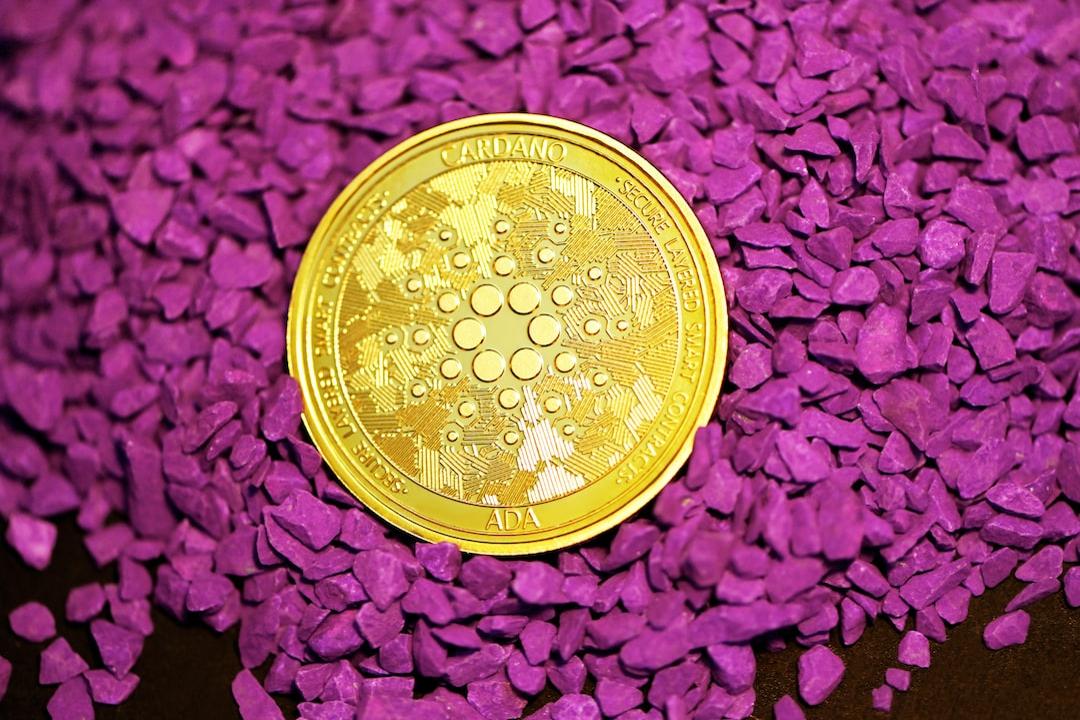
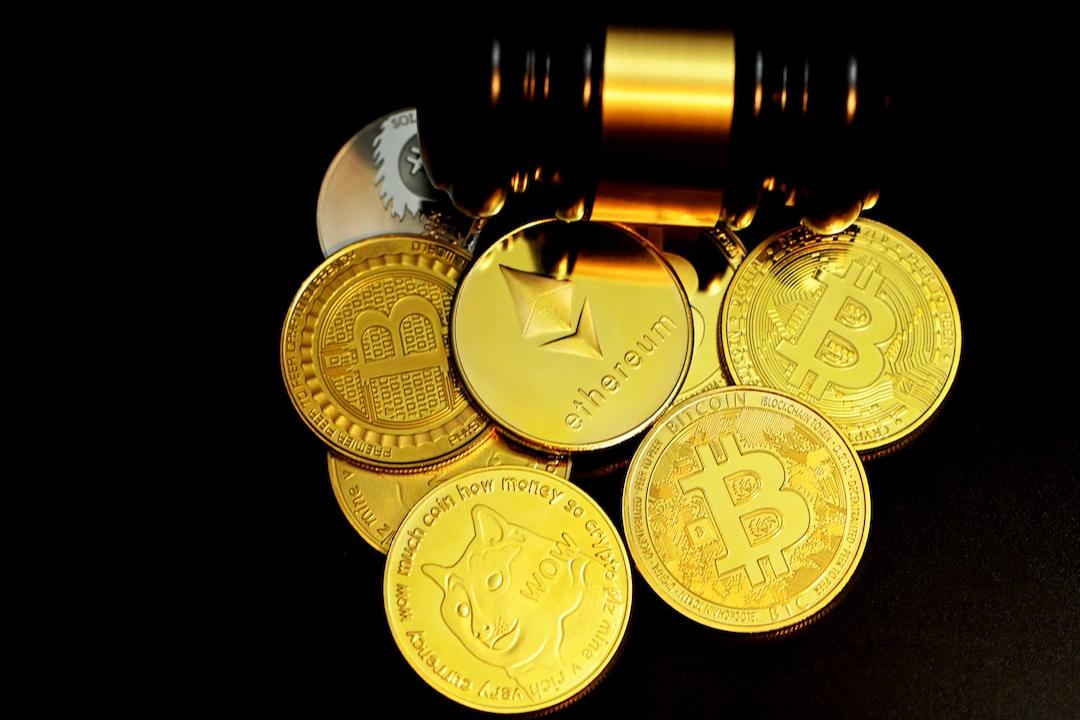
Source: Messari
Firstly, regarding trading volume, despite an average daily trading volume of $785 million in Q3 2024, showing a significant 133-fold growth compared to $5.9 million in Q3 2023, it actually decreased by 14% compared to $918 million in Q2. In fact, the average daily trading volume has been over a hundredfold of last year’s Q3 for three consecutive quarters since the first quarter this year. Various signs indicate that such trading volume levels may have become the norm for Raydium.
This growth is largely due to meme coin mania, with pump.fun simplifying the token issuance process, allowing users to start trading by selecting the token name, symbol, and image. Once a token is hyped to a market value of $69,000 on pump.fun, it automatically lists on Raydium and opens a $12,000 liquidity pool. (Venture partner Adam Cochran: “Meme mania is ending,” data reveals Pump.fun’s issuance success rate is only 1.4%)
Meme coins account for 15% of Raydium’s trading volume.
Next, looking at trading content, meme coins are the second largest asset by trading volume on Raydium, aligning with the previous description. In Q3, Raydium’s total trading volume was approximately $96.963 billion, with the following proportions:
Native Assets: 72.81%
Meme Coins: 15.26%
Stablecoins: 10.00%
Governance Tokens: 0.52%
Liquidity Staking Tokens: 1.00%
Game Tokens: 0.04%
Others: 0.37%
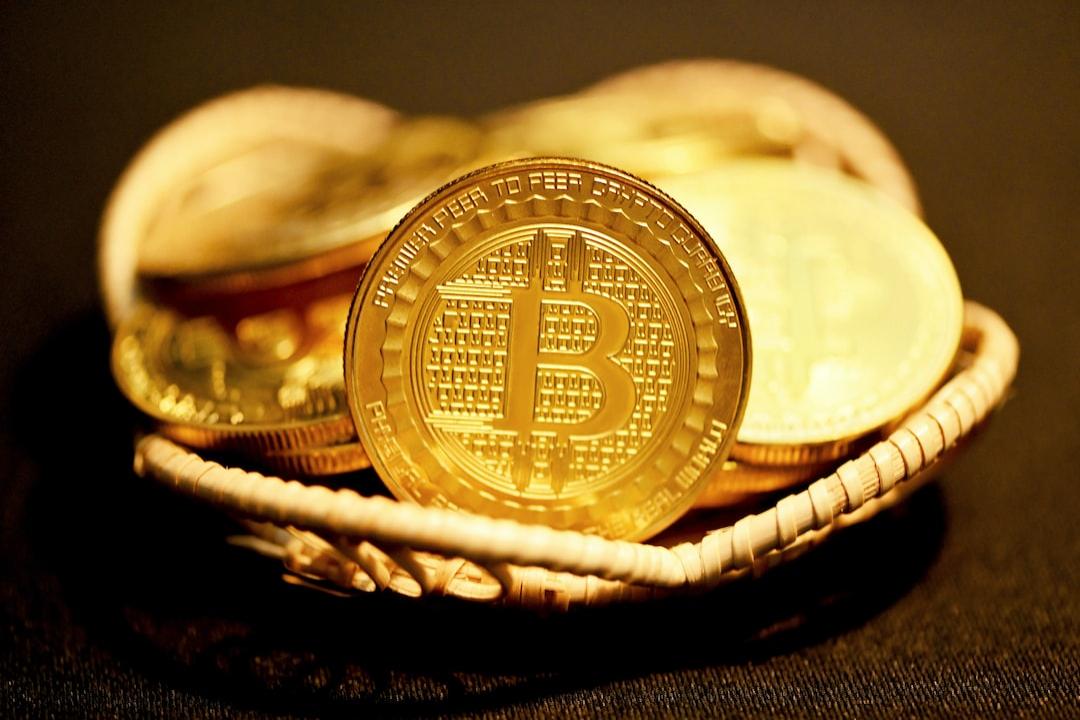
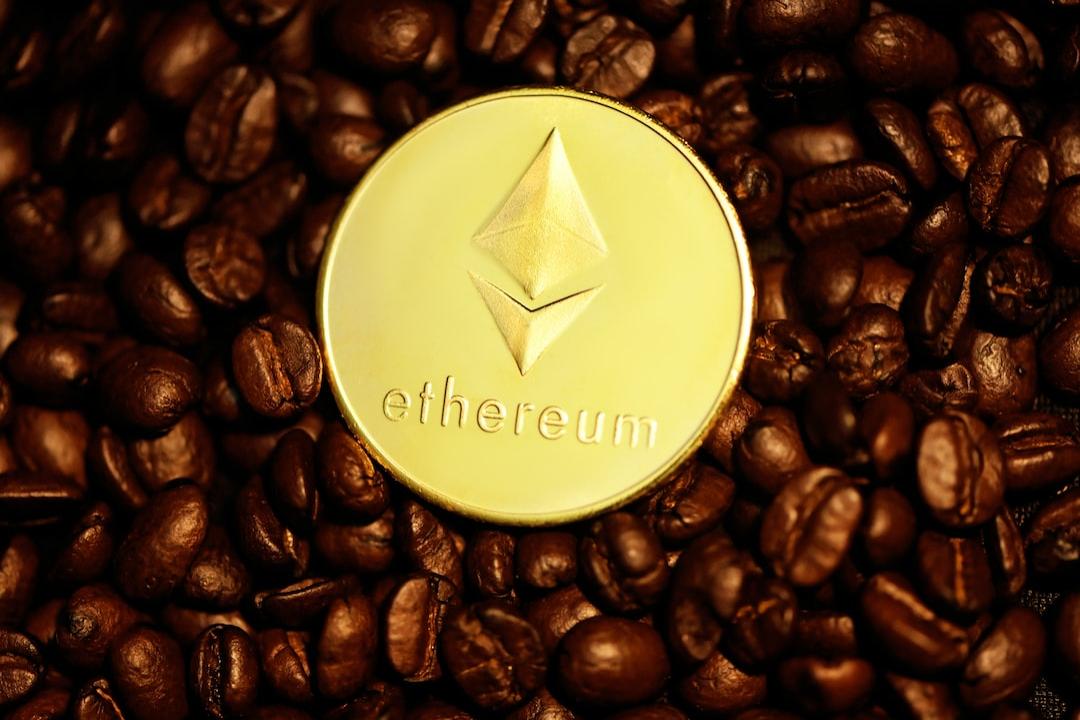
Source: Messari
However, stablecoins and liquidity staking tokens were the only tokens with growth in trading volume, with stablecoin trading volume growing 19% from the previous quarter to $9.7 billion, and liquidity staking token volume growing 24% to $9.7 billion. In contrast, the top two tokens by trading volume (native token SOL and meme) saw declines. Native SOL trading volume decreased 12% to $70.6 billion, while meme trading volume fell 53% to $15.6 billion.
Raydium becomes the third-largest exchange, with a 130% quarterly increase in trading volume.
Raydium’s share in total DEX trading volume increased by over 130% quarterly to over 10%. In Q3, among the top six DEXs, only Base chain’s Aerodrome had a larger increase than Raydium. Raydium surpassed Orca in trading volume in Q3, becoming the third-largest DEX, only behind PancakeSwap and Uniswap. Messari’s report indicates Raydium’s success not only represents the protocol’s advantages but also reflects Solana’s own increase in trading volume. In Q3, Solana’s DEX trading volume was second only to Ethereum, making it the second-largest public chain by trading volume.
Ray token market cap increases 4%, with team tokens fully unlocked.
Regarding the Ray token, its market cap increased by 4% in Q3, reaching $486 million. Meanwhile, Solana’s market cap increased by 6%. Of RAY’s maximum supply of 555 million, 34%, or about 188.7 million, is reserved for mining, with an annual supply of about 1.9 million. The team and community were allocated about 25.9%, fully unlocked by February 2024.
Additionally, Ray offers three functions:
Staking RAY to earn RAY tokens as rewards: currently, staking RAY yields an annualized return of about 5%.
RAY liquidity provision rewards: Raydium rewards liquidity providers in specific pools with Ray tokens.
Governance: Creating a proposal on Raydium requires at least 1 million RAY, with each token equivalent to one vote on active proposals. By the end of Q3, there had been two proposals.
Protocol revenue reaches a new high, with some revenue used for token buybacks.
Q3 protocol revenue increased 5% to a record high of $16 million. These fees are used to buy back RAY from the open market, but because RAY token prices increased more than protocol revenue, the number of RAY bought back in Q3 decreased by 7%. Liquidity pool revenue allocates 12% for RAY buybacks, and if it’s an AMM V4 liquidity pool, the remaining 88% of fees are proportionally distributed to liquidity providers in the pool. CLMM and CPMM pools distribute 84%, with the remaining 4% allocated to the treasury. CLMM and CPMM pool revenue is automatically swapped to USDC and held by the protocol in the treasury. By the end of Q3, Raydium had generated over 161,000 SOL in liquidity pool creation fees.
On Raydium, liquidity pool creators can select pool types based on transaction fees:
Standard AMM (AMM V4): 0.25%
Concentrated Liquidity (CLMM): 0.01%, 0.02%, 0.03%, 0.04%, 0.05%, 0.25%, 1%, 2%
Constant Product (CPMM): 0.25%, 1%, 2%, 4%
Multiple upgrades and partnerships in Q3 keep Raydium competitive.
Regarding protocol progress, in July, Raydium introduced a commission rebate mechanism familiar to Chinese users. Referrers can copy their unique trading link (Blinks), and earn 1% SOL rewards for transactions completed through the Blink link. In August, more granular fee tiers were added for CLMM and CPMM liquidity pools, Burn & Earn was launched in September, and Teleport (cross-chain from Ethereum to Solana) in October.
Significant external collaborations include: on July 6, a partnership with Moongate enabled users to log in to Raydium via Apple, Google, or Ethereum accounts. On July 12, a partnership with fiat payment gateway Moonpay enabled users to purchase cryptocurrency via traditional payment methods.
In summary, Messari believes Raydium’s current trading volume levels will continue. Several upgrades and partnerships have enhanced user experiences, with features like Burn & Earn and Blink profit-sharing also increasing its competitiveness.

